Euphorbia is a diverse genus of plants that contains over 2,000 species, including succulent varieties. These plants come in a variety of shapes and sizes, from tiny clumping varieties to large tree-like specimens. They are known for their strikingly unique and architectural forms, with various colors and patterns on their stems, leaves, and flowers. These succulents have milky sap that can cause skin irritation, so handling with care is necessary.
At the bottom of this post, you’ll find care guides and pictures of specific species.

Native Habitat
Euphorbia plants can be found all over the world, from temperate zones to tropical areas. Some species thrive in deserts and arid regions, while others grow in moist and humid environments. Some are native to Africa, while others come from the Americas, Europe, and Asia.
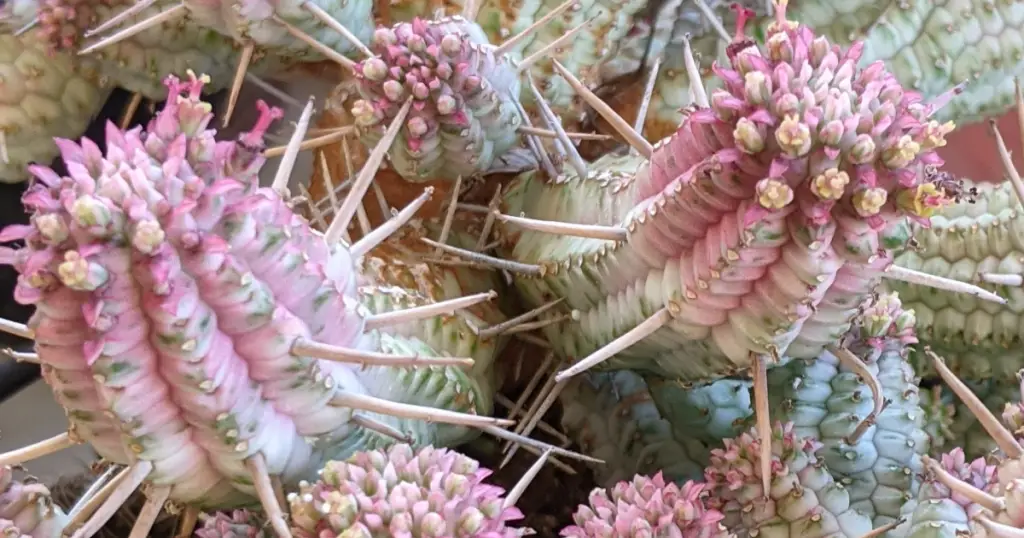
How to Water
Euphorbia plants prefer to be watered deeply but infrequently. They are drought-tolerant and can withstand periods of dryness. It is important to allow the soil to dry out completely before watering again to avoid overwatering, which can cause root rot. Water Euphorbia plants sparingly during the winter months when they are dormant.

Soil
Euphorbia plants thrive in well-draining soil that is mixed with soil amendments such as pumice, perlite, turface, or coarse sand. These soil amendments improve drainage and prevent water from pooling around the roots, which can lead to root rot.

How to Propagate Euphorbia
Euphorbia plants can be propagated through stem cuttings or by seed. To propagate by stem cutting, cut a stem from the parent plant and allow it to callus over for a few days. Then, plant the cutting in well-draining soil and water sparingly until new growth appears. To propagate by seed, collect seeds from the parent plant and sow them in well-draining soil.
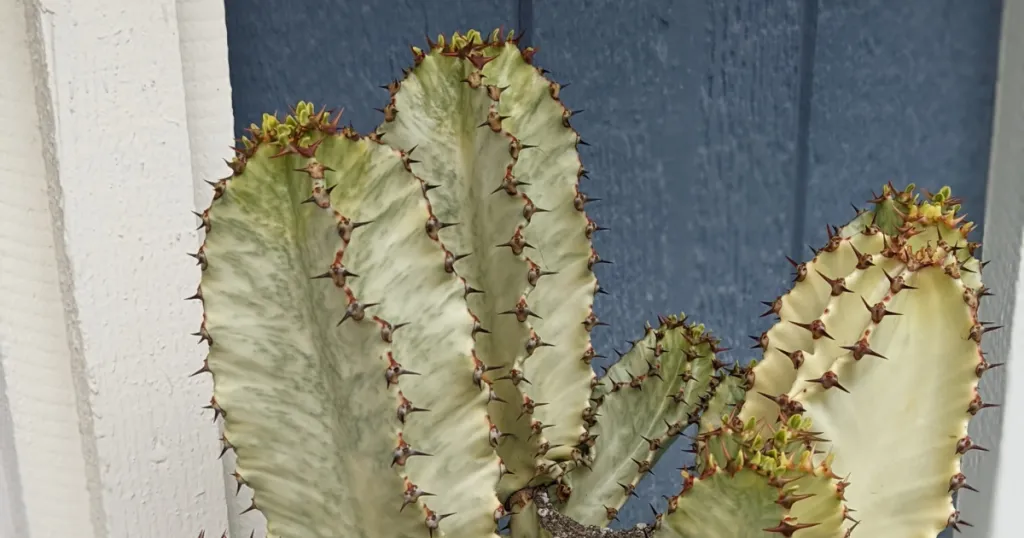
Light
Euphorbia plants prefer bright, indirect sunlight and can tolerate some direct sunlight. They can also grow in partial shade, but this may result in leggy growth and a weaker plant structure. Be sure to acclimate Euphorbia plants slowly to direct sunlight to avoid sunburn.

Fertilizer
Euphorbia plants do not require regular fertilization but can benefit from a balanced fertilizer during their growing season. It is recommended to fertilize these plants once a month, if at all, during the growing season, but not at all during their dormancy period. Remember, they’re used to growing in nutrient poor soil so if you don’t fertilize, no biggie.

Common Problems and Solutions
While Euphorbias are generally easy to care for, they can still fall victim to a few common problems. One of the biggest concerns is overwatering. We know that overwatering is the most common reasons succulents die and these are no exception. These plants are adapted to arid conditions and are very susceptible to root rot if their soil is kept too wet. To avoid this issue, it’s important to ensure that the soil has proper drainage and that you’re not watering too frequently. Allow the soil to dry out completely between watering, and be sure to provide a well-draining potting mix.

Euphorbias can also be susceptible to insect infestations, particularly from aphids, spider mites, and mealybugs. To combat these pests, try using neem oil or insecticidal soap. These treatments are safe for both the plant and the environment and can effectively control most common insect pests. As always, it’s important to monitor your plants regularly for any signs of pests or disease so that you can catch any issues early on and take appropriate action.
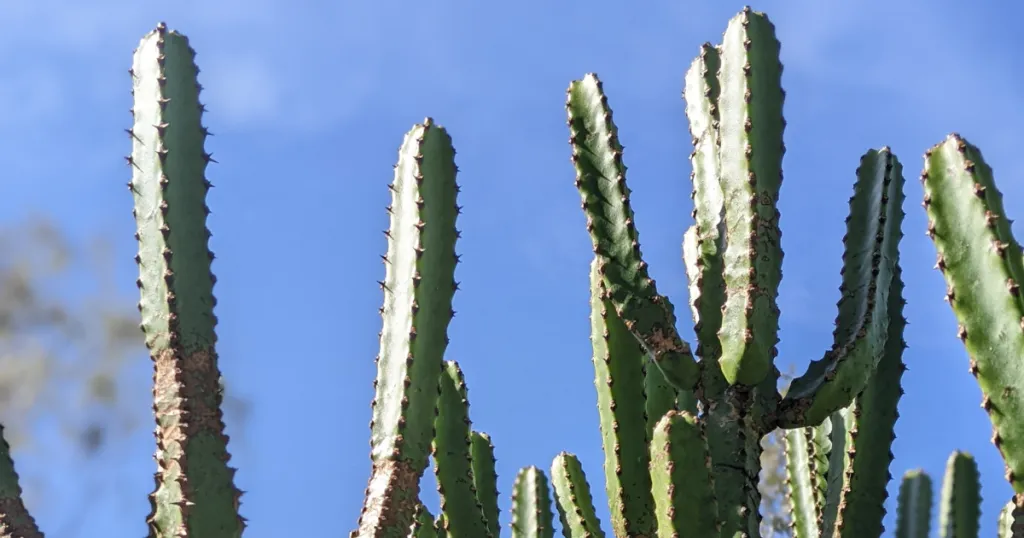
Hardiness Zone and Temperature
Euphorbia plants are typically hardy in zones 9-11, but some species can withstand colder temperatures. It is important to research the specific species and its hardiness before planting in a particular area.
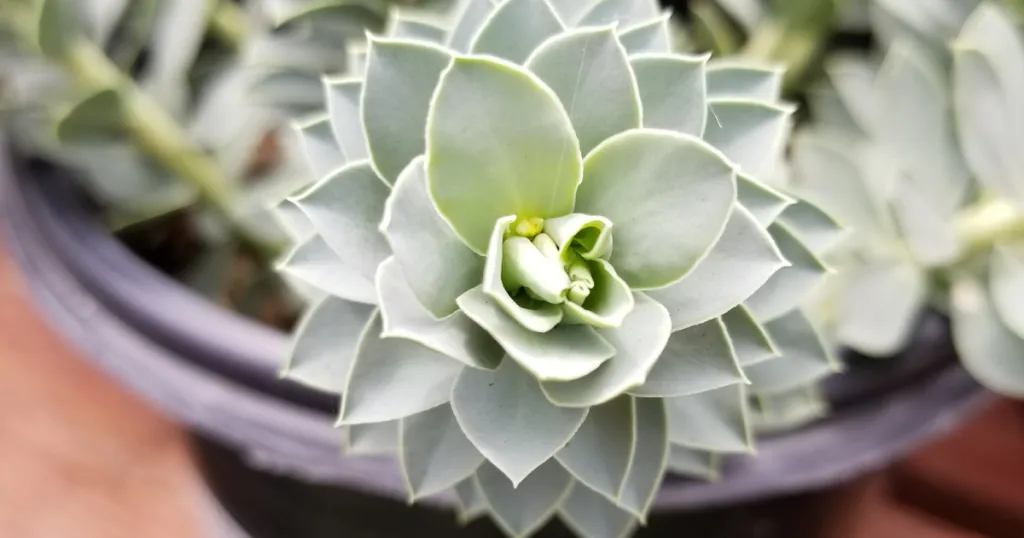
Toxic Euphorbia Sap: What You Need to Know
Euphorbia is a type of plant that contains a toxic sap. This sap can cause serious health problems if it gets on your skin or if you accidentally ingest it. Here are some key things to keep in mind:
- The sap of the Euphorbia plant is toxic and can cause serious irritation and injury to the skin and eyes. It can even cause blindness if it gets in the eyes.
- If you come into contact with the sap, it’s important to wash the affected area thoroughly with soap and water as soon as possible. You may also need to seek medical attention.
- Ingesting the sap can cause vomiting, diarrhea, and other symptoms. If you or someone else ingests Euphorbia sap, seek medical attention immediately.
- It’s important to avoid touching or ingesting these plants, especially if you have sensitive skin or are allergic to plants. If you have these concerns, it’s best to avoid the plant altogether.

Remember, even though Euphorbia plants can be beautiful, their sap is toxic and can cause serious harm. If you come into contact with the sap, wash the affected area immediately and seek medical attention if necessary.
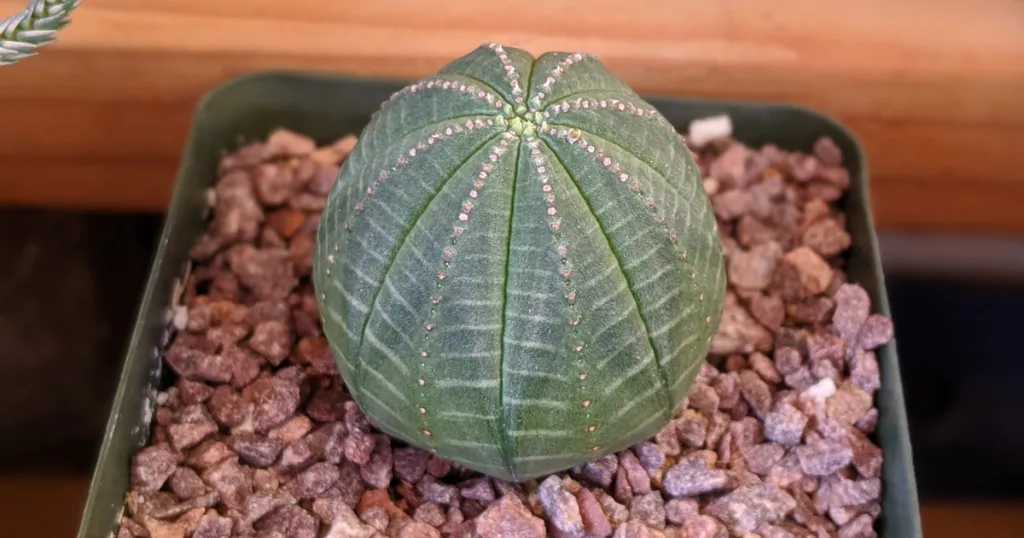
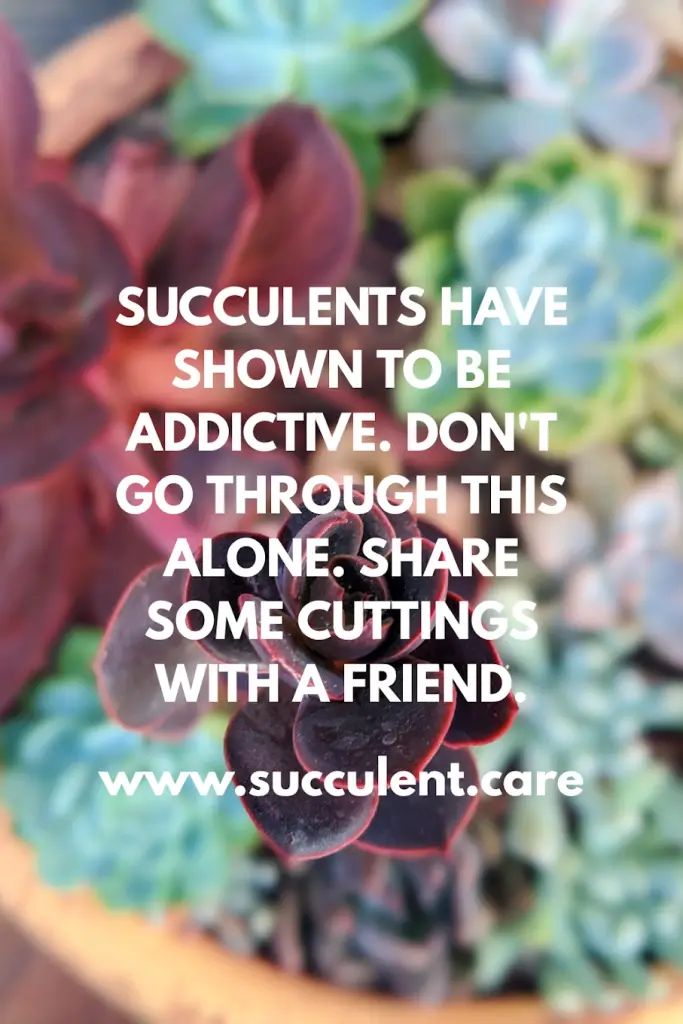
Where to Buy Succulents Online

